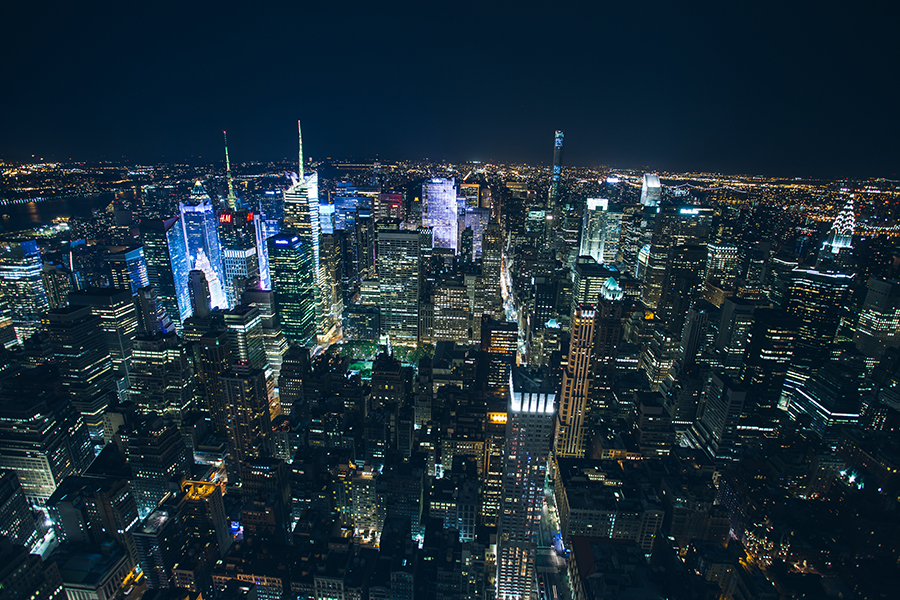The first part of an occupancy cost analysis is figuring out exactly how much your space actually costs you to occupy. There are more factors that go into your space than just your base rent. Looking at your effective rent, which includes your base rent with escalations, the cost of CAMs and additional rent, and any benefit you earn from concessions, gives you a fuller picture of your actual occupancy cost. In fact, when you look at effective rents, you'll find that sometimes the $22 per square foot space is less expensive than the $21 PSF space.
Base Rent Plus Increases
The first part of calculating your effective rent is to look at your base rent. However, instead of just considering the rate when you signed the lease or the rate that you are paying today, an effective rent looks at the average of your rental rates throughout the lease. For instance, if you sign a five-year lease at $25.00 with 75 cent annual escalations, you would end up paying $28 per square foot in your last year and would pay an average rent of $26.50.That $26.50 would be the first part of the effective rent that you look at in your occupancy cost analysis.
Additional Rent
An effective rent also includes the additional rent that you pay your landlord. Typically, this comes in the form of CAMs and other management fees. You may choose to add additional factors in for an apples-to-apples comparison. For example, if some of the buildings in your occupancy cost analysis have free parking while others require you to pay for your employees' parking, adding the parking cost for those buildings back in as additional rent will help you make a better comparison.
Concessions
The third factor that goes into an effective rent is the value of any rent or cash concessions that you get from your landlord. For instance, if you get four months of free rent and a $20,000 moving allowance, you'd also factor that into the effective rent. You can also include tenant improvement and brokerage commission allowances, although most real estate analysts treat those as components of "net effective rent" instead of effective rent.
An Example
Let's assume that you're doing an occupancy cost analysis on a 7,000 square foot office space with a five year lease and a base net rent of $18.00 per square foot with annual 50 cent escalators. The landlord offered you three months of free rent, taken off of your first year and has CAMs of $11.50 per square foot which are projected to increase by 35 cents per year. The table below shows your cashflow by year:
|
Rent/SF |
Cam/SF |
Rent |
CAM |
Concession |
TOTAL |
|
|
Year One |
$18.00 |
$11.50 |
$126,000 |
$80,500 |
-$50,750 |
$155,750 |
|
Year Two |
$18.50 |
$11.85 |
$129,500 |
$82,950 |
$212,450 |
|
|
Year Three |
$19.00 |
$12.20 |
$133,000 |
$85,400 |
$218,400 |
|
|
Year Four |
$19.50 |
$12.55 |
$136,500 |
$87,850 |
$224,350 |
|
|
Year Five |
$20.00 |
$12.90 |
$140,000 |
$90,300 |
$230,300 |
|
|
TOTAL: |
$665,000 |
427,000 |
-$50,750 |
$1,041,250 |
When you divide your total expenditure of $1,041,250 by the five year term, you get an average annual expenditure of $208,250, which works out to $29.75 per square foot. You can then use that number to complete an occupancy cost analysis and compare all of your sites.
A thorough occupancy cost analysis will go well beyond calculating your effective rent on a per site basis. You can also look at load factors, built out efficiency and utilization, among other things. But it all starts with having a good sense of what your space actually costs you.
Here are a few other articles we know you'll enjoy:
How Much Does a Tenant Rep Cost?
5 Tips to Consider When Designing an Office Layout
5 Reasons Technology is Important in Commercial Real Estate
Subscribe to our blog for more CRE tips!!







